
Church Nikou Georgiou in Erimi. (620k)
There are important Byzantine sites in the sothern parts of Cyprus, for instance in Limassol and Kiti.
Another interesting site is the Kolossi Castle, a former Crusader stronghold.
All pictures are © Dr. Günther Eichhorn, unless otherwise noted.
From the Wikipedia entry for Kolossi Castle
Kolossi Castle is a former Crusader stronghold on the south-west edge of Kolossi village 14 km (9 miles) west of the city of Limassol. The original castle was possibly built in 1210 by the Frankish military, when the land of Kolossi was given by King Hugh I to the Knights of the Order of St John of Jerusalem (Hospitallers).
The present castle was built in 1454 by the Hospitallers under the Commander of Kolossi, Louis de Magnac, whose coat-of-arms can be seen carved into the castle's walls.
Owing to rivalry among the factions in the Crusader Kingdom of Cyprus, the castle was taken by the Knights Templar in 1306, but returned to the Hospitallers in 1313 following the abolition of the Templars.
The castle today consists of a single three-story keep with an attached rectangular enclosure of about 30 x 40 m (100 x 130 ft). The entrance was originally via a draw bridge to the second floor.
The coats-of-arms on the eastern wall show the royal coat-of-arms of the second House of Lusignan, the Royal Family of Jerusalem, Cyprus, and Armenia in the center. To the right and left are the coats-of-arms of the Grand Masters of the order of St. John of Jerusalem, Jean de Lastic and Jacques de Milli. Below the royal coat-of-arms is the coat-of-arms of the Grand Commander of the Order, Louis de Magnac, believed to be the founder of the castle.
2 km (1.2 miles) east of the Akrotiri - in the middle of fields and orchards - is the ancient monastery of Saint Nicholas of the Cats. It dates back to the 15th century.

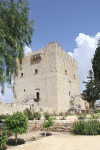

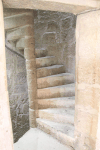
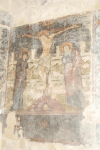
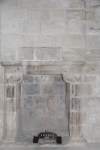
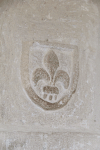







The medieval Limassol Castle is located near the old harbor in the heart of the historical center of Limassol. The castle as it appears today is a structure rebuilt circa 1590 under the period of Ottoman rule. Archaeological investigation within the castle revealed that it was built over an Early Christian basilica (4th–7th century CE) and a Middle Byzantine monument (10th–11th century CE). Other finds beneath the Castle witness the existence of an important church, possibly the city's first cathedral. According to tradition, this is where Richard the Lionheart married Berengaria of Navarre and crowned her Queen of England in 1191.
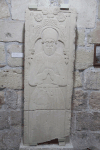
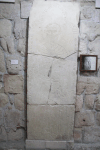
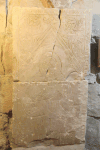


Panagia tis Angeloktistis ("Panagia Built by Angels") is a Byzantine church in Kiti, roughly 12 km (7 miles) southwest of modern-day Larnaka, dating back to the 6th century.





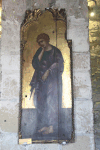
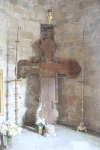
One of the most interesting surviving structures from the Frankish Period on Cyprus, the Royal Chapel was built in 1421 by the Lusignan King Janus for his wife, Catherine de Bourbon. The building is a small, single-aisled vaulted structure without an apse. The interior has fragments of the original wall paintings.

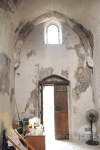



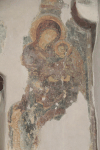


From the Wikipedia entry for Larnaka:
Larnaka is a city on the southern coast of Cyprus and the capital of the eponymous district. It is the third-largest city in the country, after Nicosia and Limassol, with a metro population of 144,200 in 2015.
Larnaka is known for its palm-tree seafront, the Church of Saint Lazarus, Hala Sultan Tekke, Kamares Aqueduct, and Larnaka Castle. It is built on the ruins of ancient Citium, which was the birthplace of Stoic philosopher Zeno.
The Church of Agios Lazaros (Saint Lazarus) was founded in the late-9th century. It is said to be built on the site of Saint Lazarus' tomb.
I also visited the Catacomb of the Phaneromeni Church. It has been dated to the 8th century. The structure suggests that it once was a pagan tomb, possibly dating back to Phoenician times.
See the Wikipedia entry for Catacomb of the Phaneromeni Church

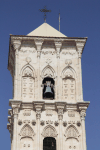

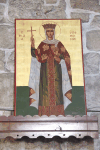
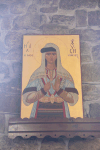

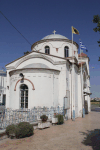

This page contains 42 pictures
Page last updated on Wed Apr 15 14:38:45 2020 (Mountain Standard Time)
Page last updated on Thu Apr 25 23:00:44 2024 (Mountain Standard Time)
Southern Cyprus on aerobaticsweb.org